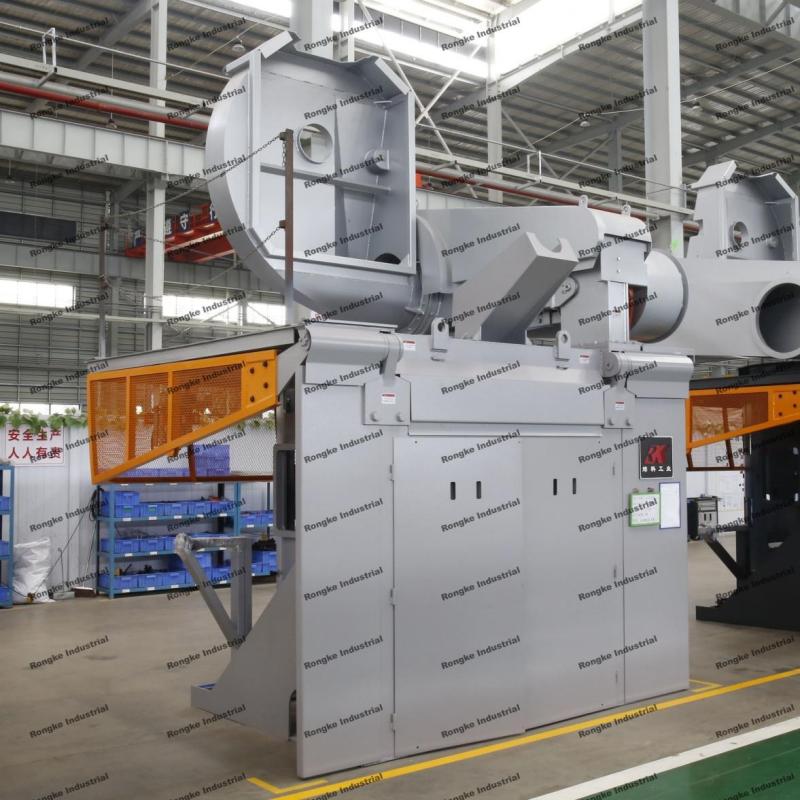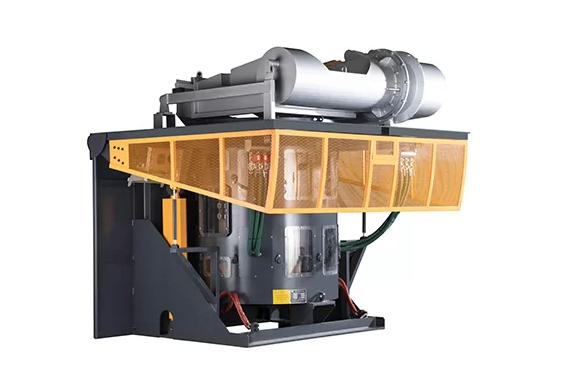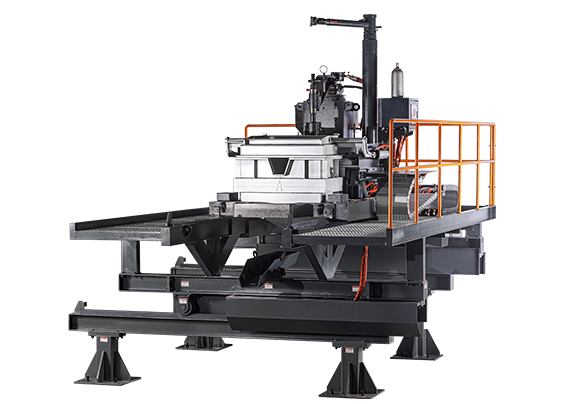
6 Common Pitfalls to Avoid in Melting Aluminum Furnaces
Melting aluminum is a delicate process that requires precision, attention to detail, and the right equipment. Aluminum, with its relatively low melting point compared to other metals, requires a specific type of furnace to ensure efficiency and minimize wastage. However, operators and manufacturers often encounter common mistakes that can lead to increased costs, inefficiency, or even damage to equipment. In this blog, we will discuss six common pitfalls to avoid when using a melting aluminum furnace and how Guangdong Rongke Industrial Equipment Co., Ltd.’s Intermediate Frequency Coreless melting aluminum furnace can help prevent these issues.
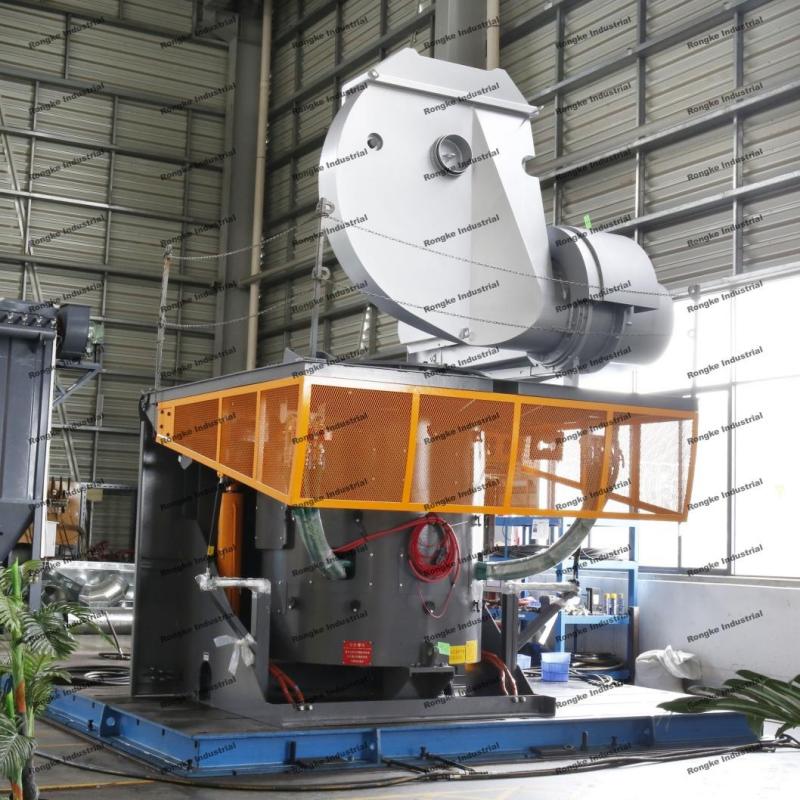
1. Improper Temperature Control
The importance of temperature regulation
One of the most critical factors in aluminum melting is maintaining the correct temperature. Aluminum melts at around 660°C, and keeping the temperature within an optimal range is essential to prevent oxidation or degradation of the metal. Overheating the furnace can cause unwanted reactions that degrade the quality of the final product, while insufficient heat may leave parts of the metal unmelted.
Overheating and its consequences
Excessive heat can not only degrade the quality of aluminum but also lead to unnecessary energy consumption. When furnaces are run hotter than needed, they use more fuel or electricity, increasing operational costs. Moreover, overheating can reduce the lifespan of furnace components, requiring more frequent repairs or replacements.
Solutions for maintaining optimal temperatures
Using advanced temperature control systems helps ensure that your furnace maintains the right heat level without fluctuation. Monitoring systems that give operators real-time data on furnace temperature help prevent the risks associated with temperature mismanagement. The Intermediate Frequency Coreless melting aluminum furnace by Guangdong Rongke Industrial Equipment Co., Ltd. offers precise temperature control, helping operators maintain optimal conditions for aluminum melting.
2. Inadequate Furnace Maintenance
The role of regular maintenance
Proper maintenance is crucial for any industrial equipment, including aluminum furnaces. A poorly maintained furnace will not only operate inefficiently but can also be hazardous. Regular inspections, cleaning, and part replacements are necessary to ensure the furnace remains in optimal working condition.
Ignoring coil and refractory health
One common oversight in furnace maintenance is neglecting the coil and refractory lining. In an aluminum furnace, the coil generates the heat required for melting. Over time, the coil can accumulate dust, leading to inefficiencies or even coil failure. Similarly, the refractory lining inside the furnace can degrade over time due to constant exposure to high temperatures. Ignoring these components can result in equipment breakdowns and expensive downtime.
How the Intermediate Frequency Coreless furnace helps
Guangdong Rongke Industrial Equipment Co., Ltd.’s furnace is designed with a fully enclosed furnace shell that effectively reduces the risk of coil ignition due to dust accumulation. The enclosed design not only protects the coils but also extends their life, reducing maintenance frequency and costs.
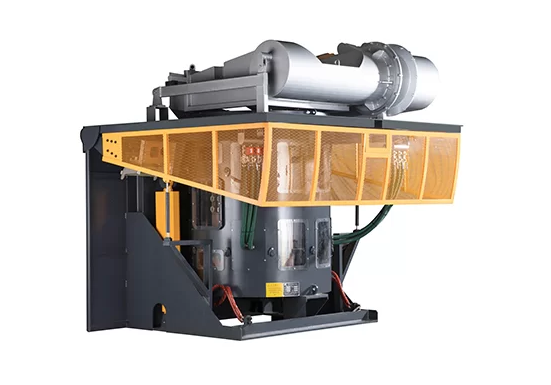
3. Inconsistent Metal Quality
Causes of inconsistent quality
Inconsistent quality in the melted aluminum is a major issue that can arise from a variety of factors. Impurities in the metal, improper temperature control, or even uneven heating can affect the quality of the final aluminum product. These issues can lead to waste, as inconsistent aluminum may need to be discarded or reprocessed.
Impact on production efficiency
Poor metal quality can significantly affect overall production efficiency. When quality control processes reveal issues, the defective aluminum must be remelted, increasing energy use and wasting valuable time. This can also impact delivery timelines and create delays for downstream processes.
Equipment that ensures consistent results
The Intermediate Frequency Coreless melting aluminum furnace is equipped with advanced features that help ensure consistent melting results. By providing uniform heating and stable magnetic fields, the furnace minimizes the risk of inconsistencies in aluminum quality. Additionally, the furnace’s closed shell reduces contamination risks, contributing to cleaner and more consistent melts.
4. Excessive Energy Consumption
Identifying energy inefficiencies
Energy consumption is one of the most significant operational costs when using a melting aluminum furnace. Factors such as inadequate insulation, inefficient heat management, and old technology can all contribute to higher energy use. This not only increases operational costs but also reduces the overall sustainability of the operation.
The impact of outdated equipment
Older furnaces often lack modern energy-efficient designs. They may require longer run times or higher energy inputs to achieve the same results as newer models. In the long term, this results in higher costs and a larger environmental footprint. Transitioning to newer, more efficient equipment is often the best solution.
How the Intermediate Frequency Coreless furnace reduces energy costs
The Intermediate Frequency Coreless melting aluminum furnace offered by Guangdong Rongke Industrial Equipment Co., Ltd. is engineered for energy efficiency. Its advanced technology ensures that energy is used efficiently, leading to lower operational costs. The fully enclosed furnace shell provides additional insulation, reducing heat loss and improving overall energy use.
5. Safety Hazards Due to Magnetic Radiation
Understanding the risks of magnetic radiation
Melting aluminum using electromagnetic induction furnaces generates magnetic fields. If these fields are not properly managed, they can pose safety hazards to workers. High levels of magnetic radiation can cause health concerns over prolonged exposure, making it essential to have equipment that limits radiation.
Regulatory standards and compliance
Most countries have strict regulatory standards regarding allowable levels of magnetic radiation in industrial settings. Failing to meet these standards can result in fines, shutdowns, or other penalties. Beyond legal compliance, prioritizing worker safety is crucial for maintaining a healthy work environment.
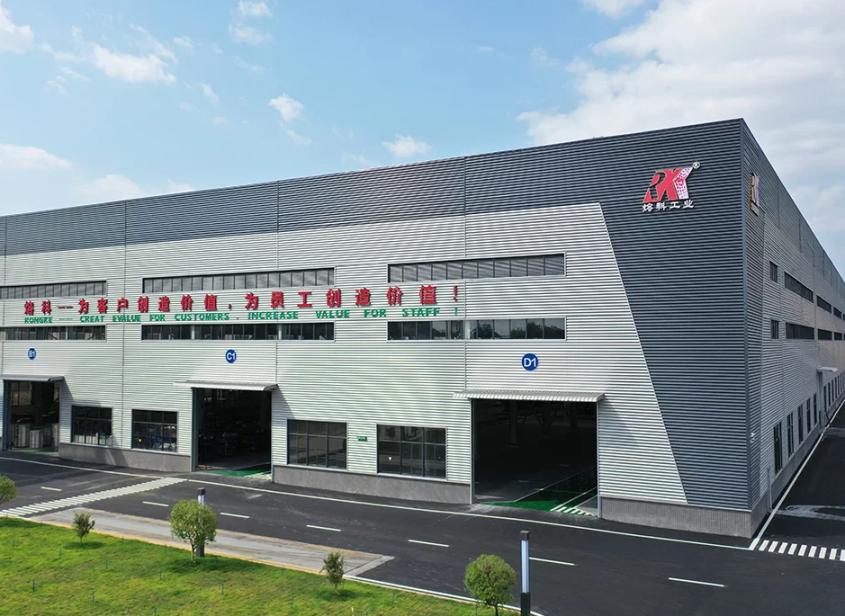
Magnetic radiation solutions from Guangdong Rongke
The Intermediate Frequency Coreless melting aluminum furnace provides a secondary magnetic field shield, which reduces magnetic radiation to just 10% of similar products. This radiation level is far below the national safety standard, ensuring a safer work environment for operators and meeting all regulatory requirements.
6. Ignoring Noise Pollution
The impact of noise on the work environment
Industrial noise is often overlooked, but it can have a significant impact on the work environment. Excessive noise from furnaces and other machinery can contribute to worker fatigue, reduce productivity, and lead to long-term hearing damage. Addressing noise pollution is an important aspect of creating a safer and more efficient workspace.
Legal noise limits and industrial compliance
Many countries have legal limits on noise levels in industrial settings. Exceeding these limits can result in penalties and pose health risks to workers. Properly maintaining equipment and choosing machines designed with noise reduction in mind are essential steps for minimizing this issue.
Noise reduction with the Intermediate Frequency Coreless furnace
Guangdong Rongke Industrial Equipment Co., Ltd. has engineered the Intermediate Frequency Coreless melting aluminum furnace to operate with noise levels that are 30% lower than comparable products. This makes it a quieter option, reducing noise pollution in the workplace and contributing to a more comfortable and productive environment for employees.
Conclusion
When operating a melting aluminum furnace, avoiding common pitfalls is essential for ensuring safety, efficiency, and product quality. Improper temperature control, lack of maintenance, inconsistent metal quality, excessive energy consumption, safety hazards, and noise pollution are all issues that can lead to increased costs and operational inefficiencies. Guangdong Rongke Industrial Equipment Co., Ltd.‘s Intermediate Frequency Coreless melting aluminum furnace is designed to address these challenges with innovative features, including reduced magnetic radiation, lower noise levels, and a fully enclosed shell for enhanced protection and efficiency. By choosing the right equipment and following best practices, operators can avoid these pitfalls and optimize their aluminum melting processes.


